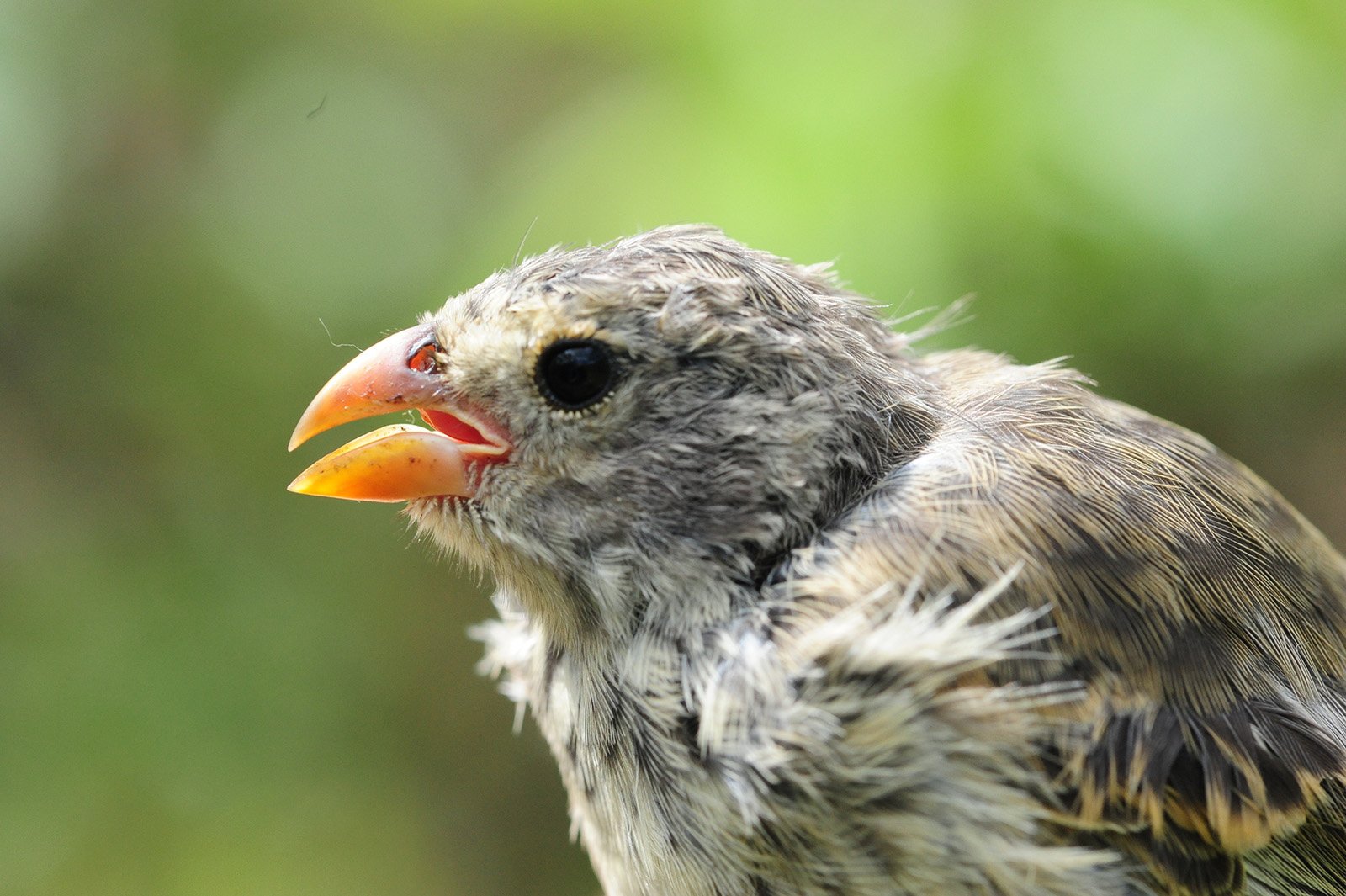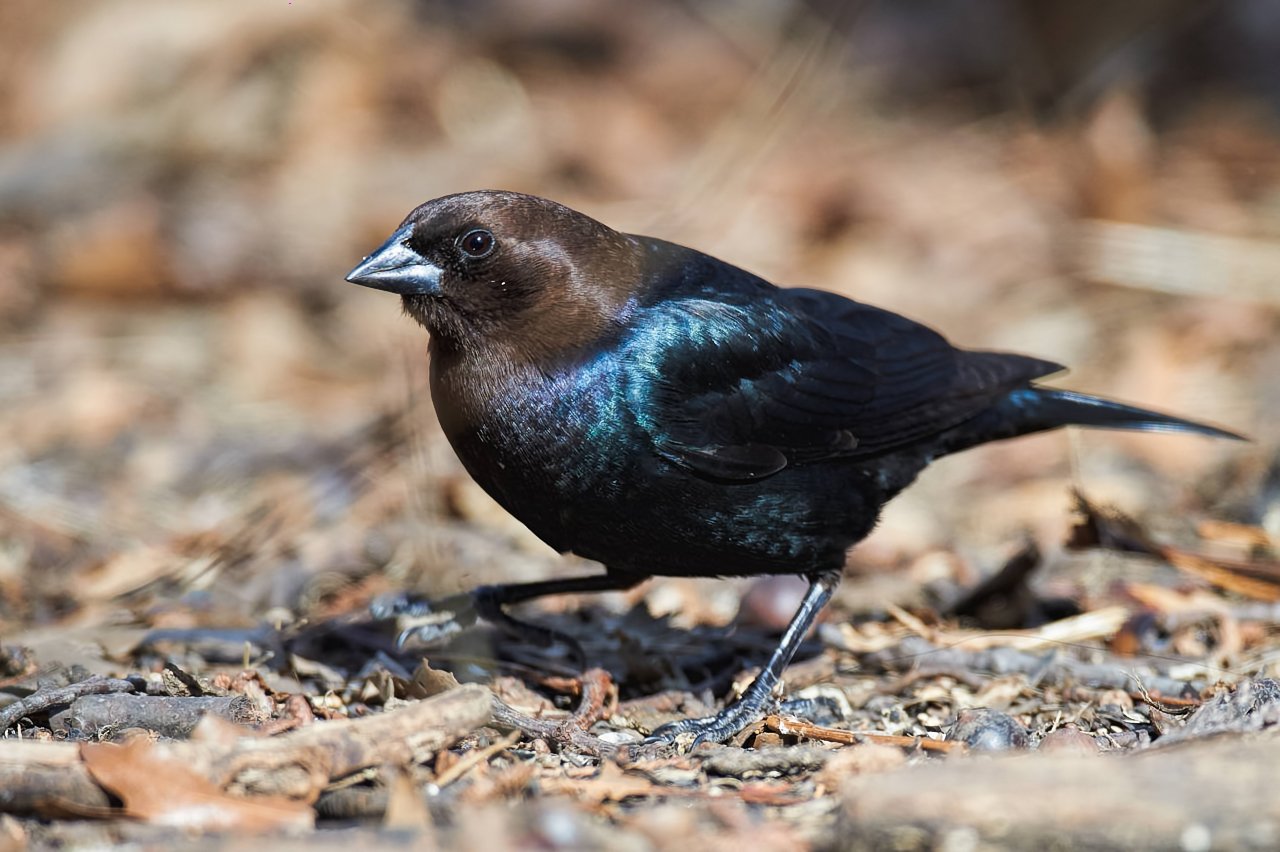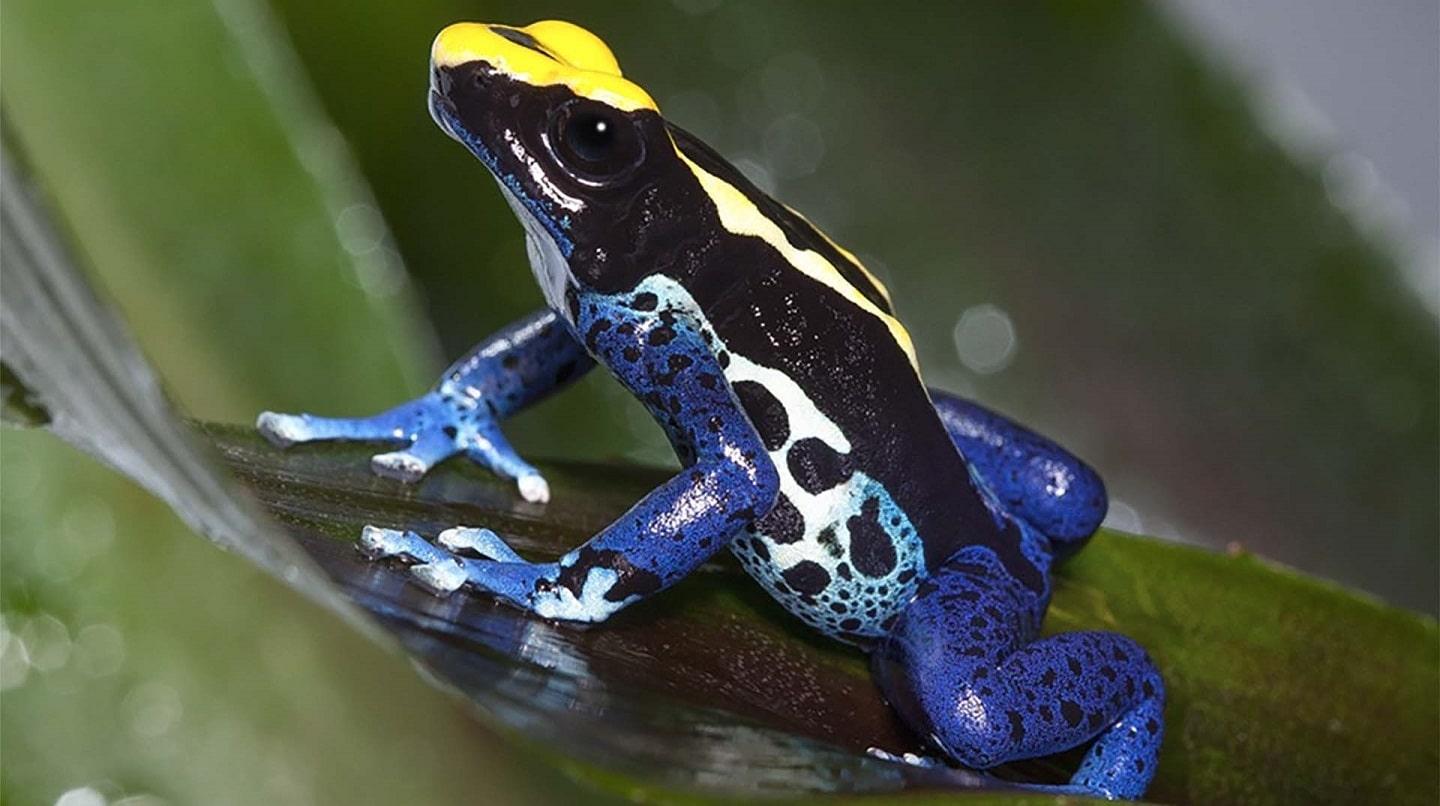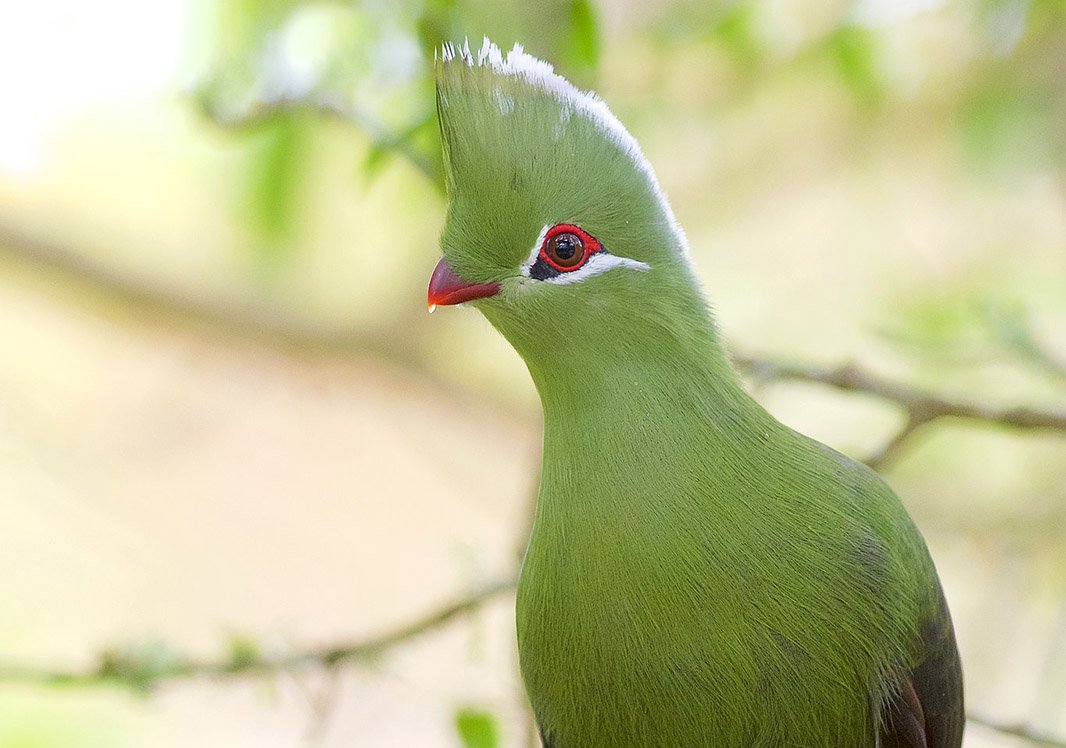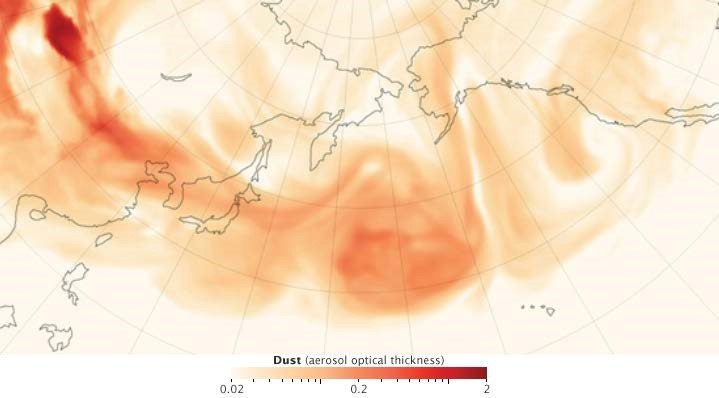Love songs from paradise take a nosedive
The Galápagos Islands finches named after Charles Darwin are starting to sing a different tune because of an introduced pest on the once pristine environment. International bird ecology experts, including Professor Sonia Kleindorfer and Dr Katharina Peters from Flinders University in South Australia, have found the beaks of Darwin’s finches have changed to cope with … Read more
